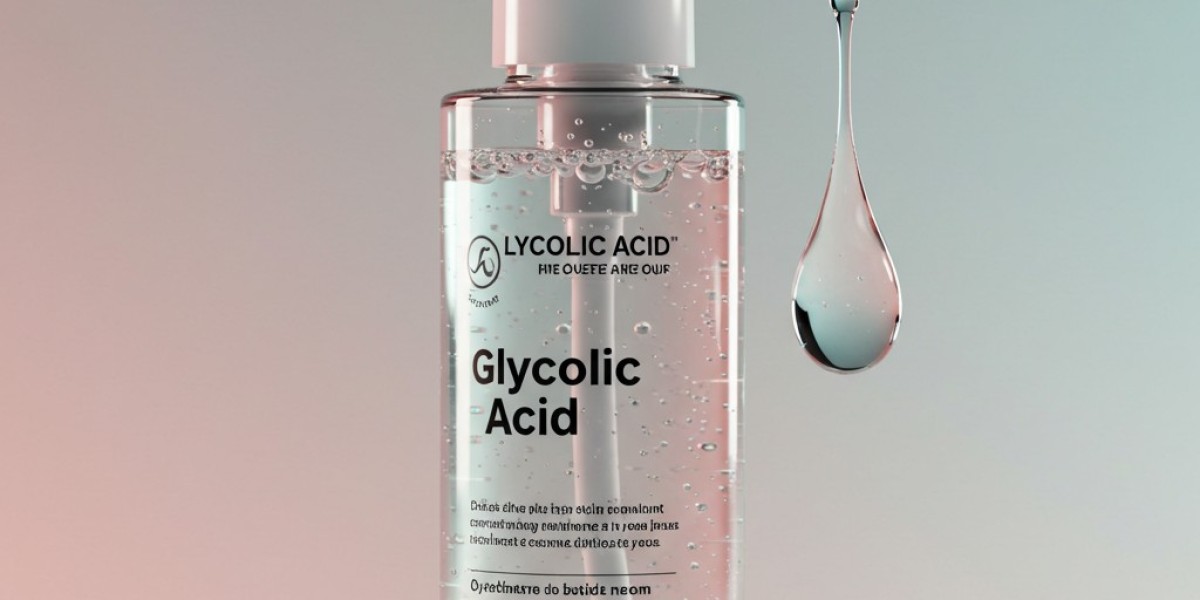In today’s skincare world, active ingredients have taken center stage — and one name that consistently stands out is glycolic acid. Known for its remarkable ability to exfoliate, brighten, and renew, glycolic acid is a powerhouse when it comes to improving skin texture and clarity. If you’re looking to upgrade your skincare routine, learning how to use glycolic acid for skin can be the first step toward a smoother, more radiant complexion.
But what exactly is glycolic acid, how does it work, and is it suitable for everyone? Let’s break it down.
What Is Glycolic Acid?
Glycolic acid is a type of alpha hydroxy acid (AHA) derived from sugarcane. It’s one of the most popular chemical exfoliants used in skincare products, thanks to its small molecular size, which allows it to penetrate the skin effectively. Once applied, glycolic acid works by breaking down the bonds between dead skin cells, allowing them to shed more easily and revealing fresher, healthier skin beneath.
Unlike physical scrubs that can be harsh or abrasive, glycolic acid provides a gentler, more even exfoliation. This makes it ideal for addressing common skin concerns such as dullness, rough texture, acne scars, and early signs of aging.
Benefits of Glycolic Acid for Skin
When used correctly, glycolic acid for skin offers multiple benefits. It helps to smooth uneven skin texture, fade hyperpigmentation, unclog pores, and improve the appearance of fine lines. By promoting cell turnover, it supports healthier skin renewal and enhances your overall glow.
One of the most noticeable effects of glycolic acid is the improvement in radiance. Dull skin often results from dead skin buildup, and glycolic acid helps sweep that away over time. It also improves the effectiveness of other skincare products by allowing them to penetrate more deeply, making your entire routine more efficient.
Is Glycolic Acid Right for Your Skin Type?
Glycolic acid can be used by most skin types, especially those dealing with dullness, mild acne, or texture issues. However, because it’s a strong active ingredient, those with sensitive or reactive skin should start with lower concentrations and use it less frequently at first.
If you’re new to chemical exfoliants, begin by using a glycolic acid product once or twice a week, then gradually increase as your skin builds tolerance. It’s always wise to follow up with sunscreen during the day, as exfoliated skin becomes more sensitive to UV exposure.
How to Use Glycolic Acid in Your Routine
Glycolic acid is available in various forms — including toners, serums, cleansers, and peels. The right product for you depends on your skin goals and how much exfoliation your skin can handle.
At night, after cleansing, apply a glycolic acid toner or serum to clean, dry skin. Let it absorb fully before applying moisturizer. It’s best to avoid using glycolic acid alongside other strong actives like retinol or vitamin C in the same routine unless your skin is well-acclimated.
With regular use, most users begin to see results within a few weeks: smoother texture, reduced pigmentation, and a more even skin tone.
Final Thoughts
If your skincare routine has hit a plateau, introducing glycolic acid for skin might be exactly what you need. Its exfoliating power can breathe new life into tired, congested, or aging skin — helping you achieve a healthier, more luminous complexion.
As with all active ingredients, patience and consistency are key. When used responsibly, glycolic acid delivers transformative results that go beyond surface-level care. Just remember: glowing skin starts with the right ingredients — and glycolic acid is one of the best.












